Carbon Sequestration with Giant Clams
Everybody knows about carbon dioxide, or CO2, the main greenhouse gas responsible for climate change. Not everybody knows, however, that the oceans are the biggest repositories of atmospheric CO2, which dissolves in seawater. And even fewer people know that this dissolved atmospheric carbon is incorporated by shell-producing marine organisms into shells made of calcium carbonate (CaCO3). Because of this, clam shells provide a long-term sink for atmospheric CO2; in contrast, the carbon contained in most plant and animal tissues returns to CO2 within a few years.
Highly Effective Carbon Sequestration
Shellfish such as clams use carbon that has been dissolved in seawater in the form of carbonate (CO3), combined with calcium (Ca), to generate calcium carbonate (CaCO3) shells. This carbon is incorporated into the clamshell, storing it in the strong CaCO3 chemical bonds forever, at least on a human timescale.
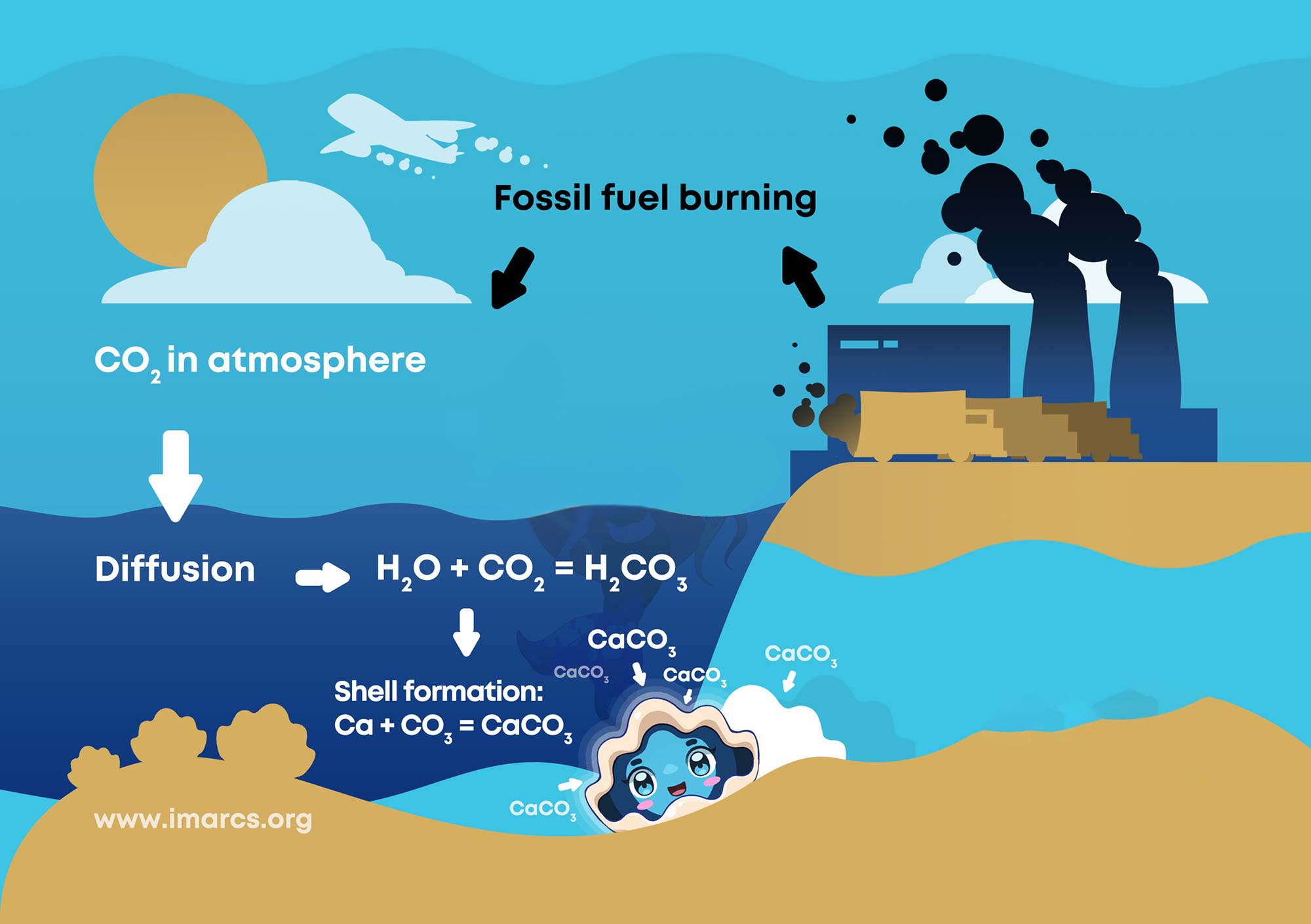
How we calculate total carbon removal from clam mariculture
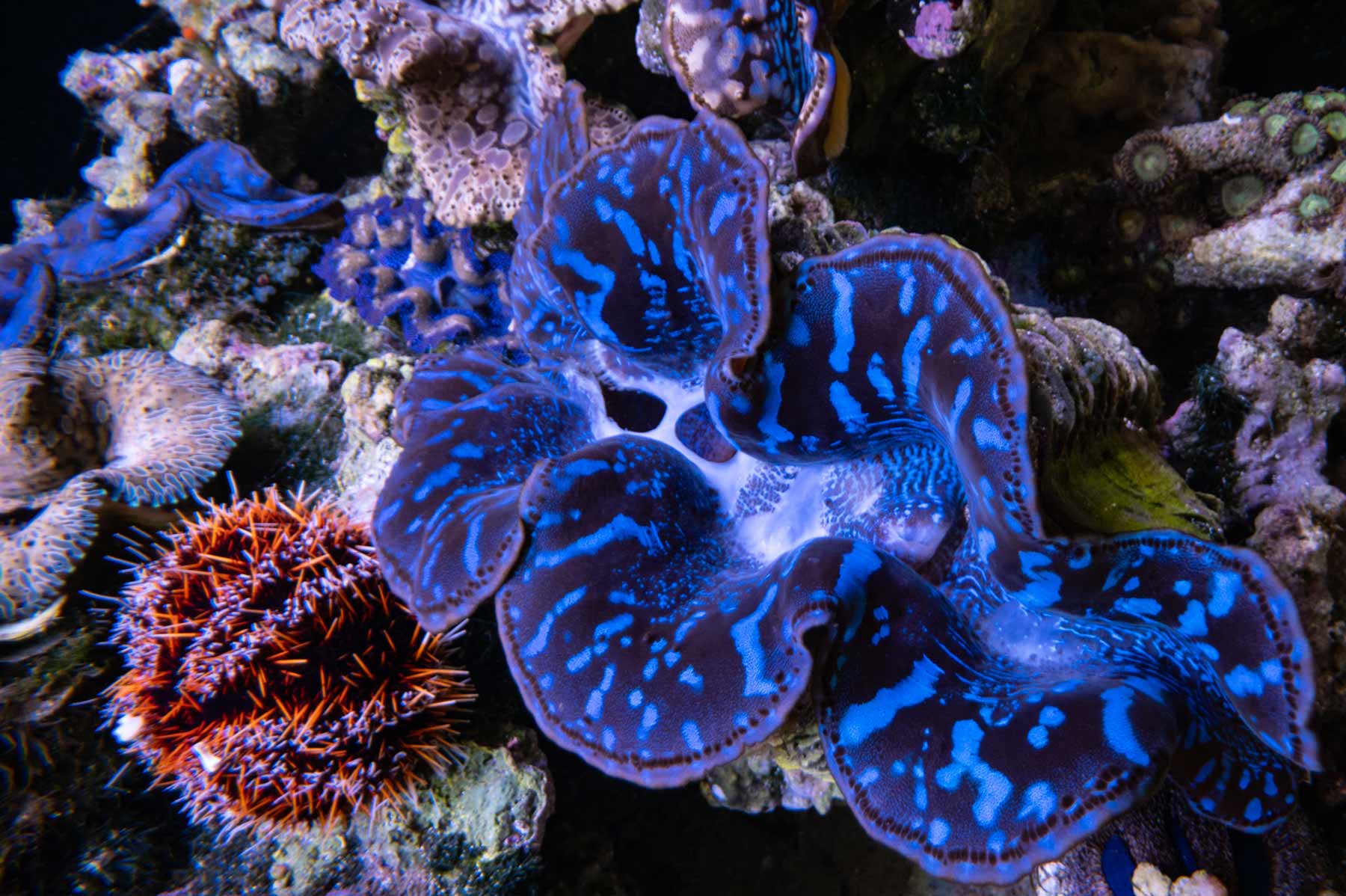
C(t) = 250 kg x 0.12
= 30 kg of carbon in 250 kg giant clam shell
Additionally, bivalves such as clams not only sequester carbon in their shells, but also in their tissues while they are growing. This is especially true of giant clams as they have formed a symbiotic relationship with a type of algae found in the similar calcium carbonate structures of coral reefs. Zooxanthellae algae work together with giant clams (as well as corals found in reefs) to provide more food through photosynthesis. In exchange for providing this extra source of nourishment, the algae are given a safe and sturdy place to call home inside a tough calcium carbonate shell. It is only through this extraordinary partnership between organisms that giant clams are able to grow as big as they do - and for coral reefs to form as large as they are. There simply is not enough food energy provided by filter feeding to support such large masses.
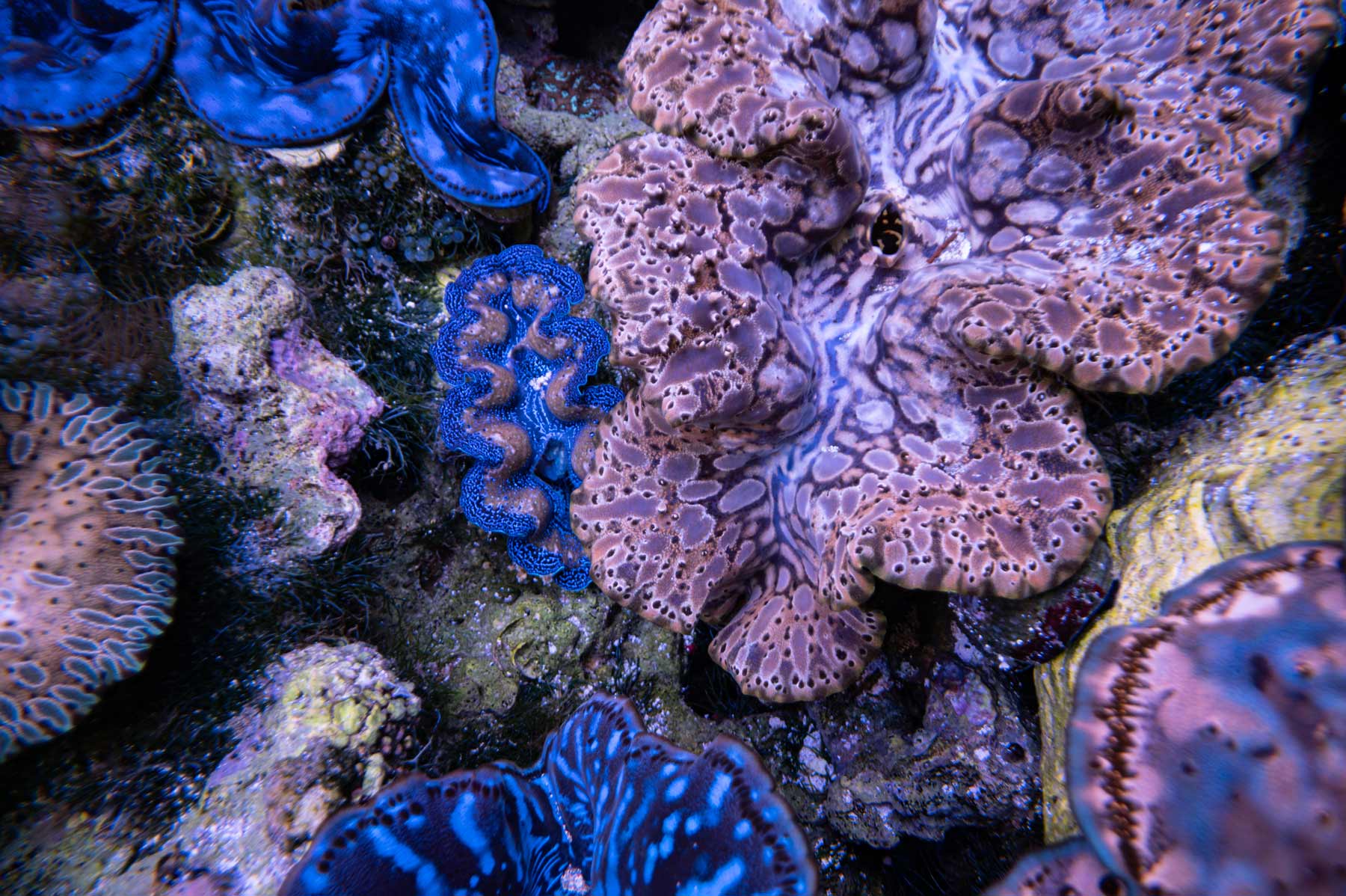
Other benefits of giant clam mariculture
There are many other positive outcomes associated with giant clam mariculture besides storing and removing carbon. Some of these additional benefits include the following:
Restoring Reefs

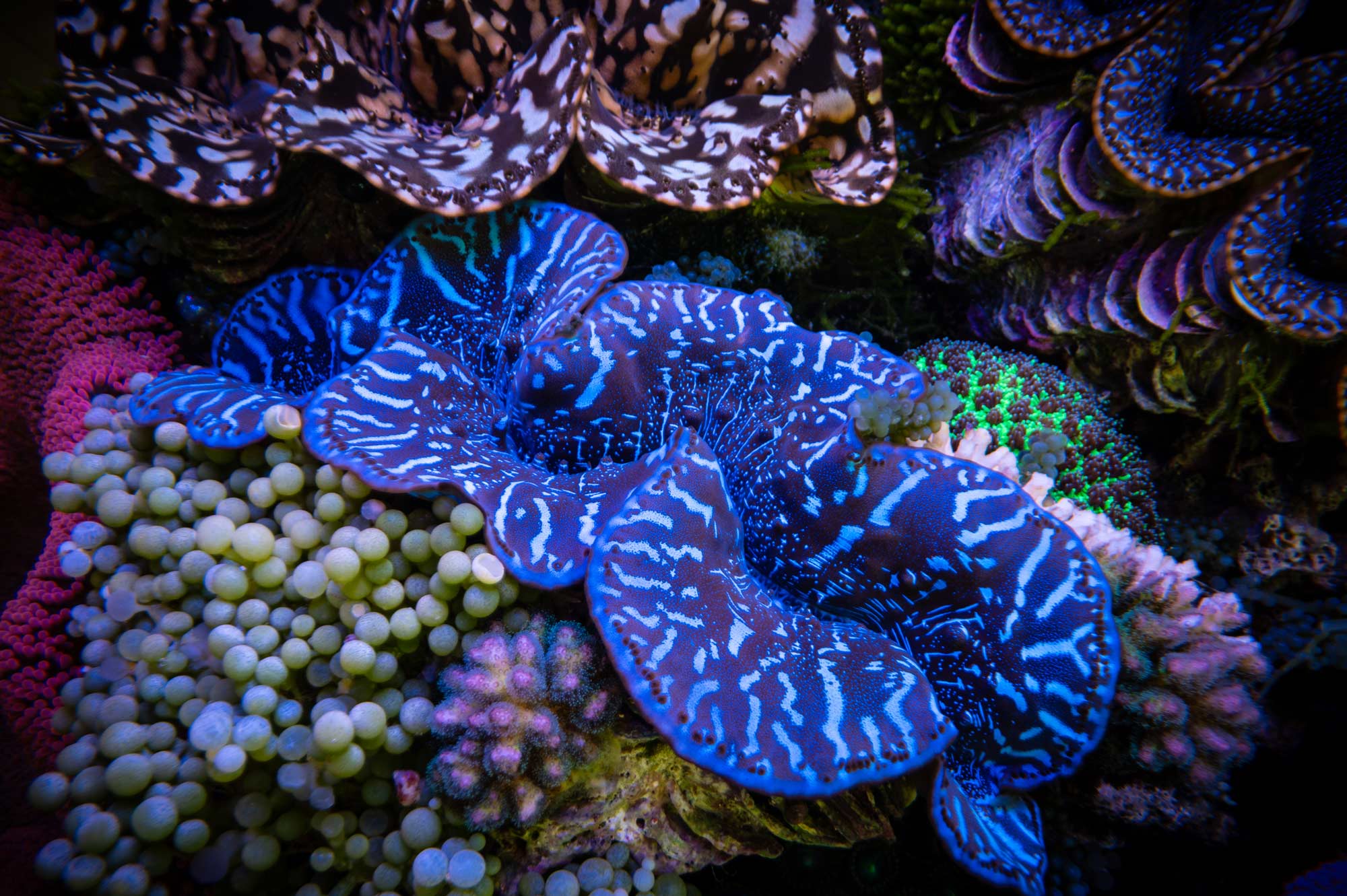
Food Security
Water Filtration
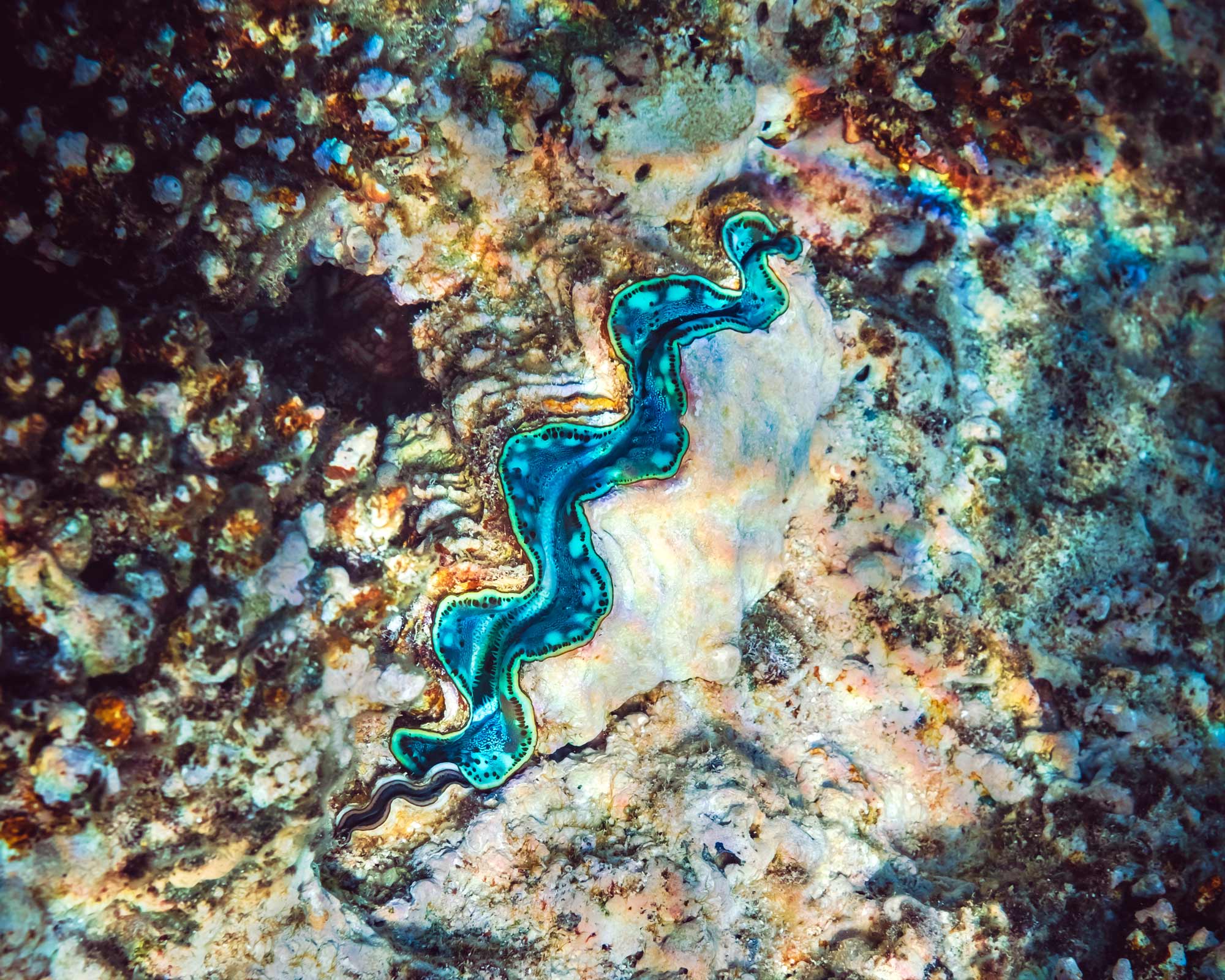
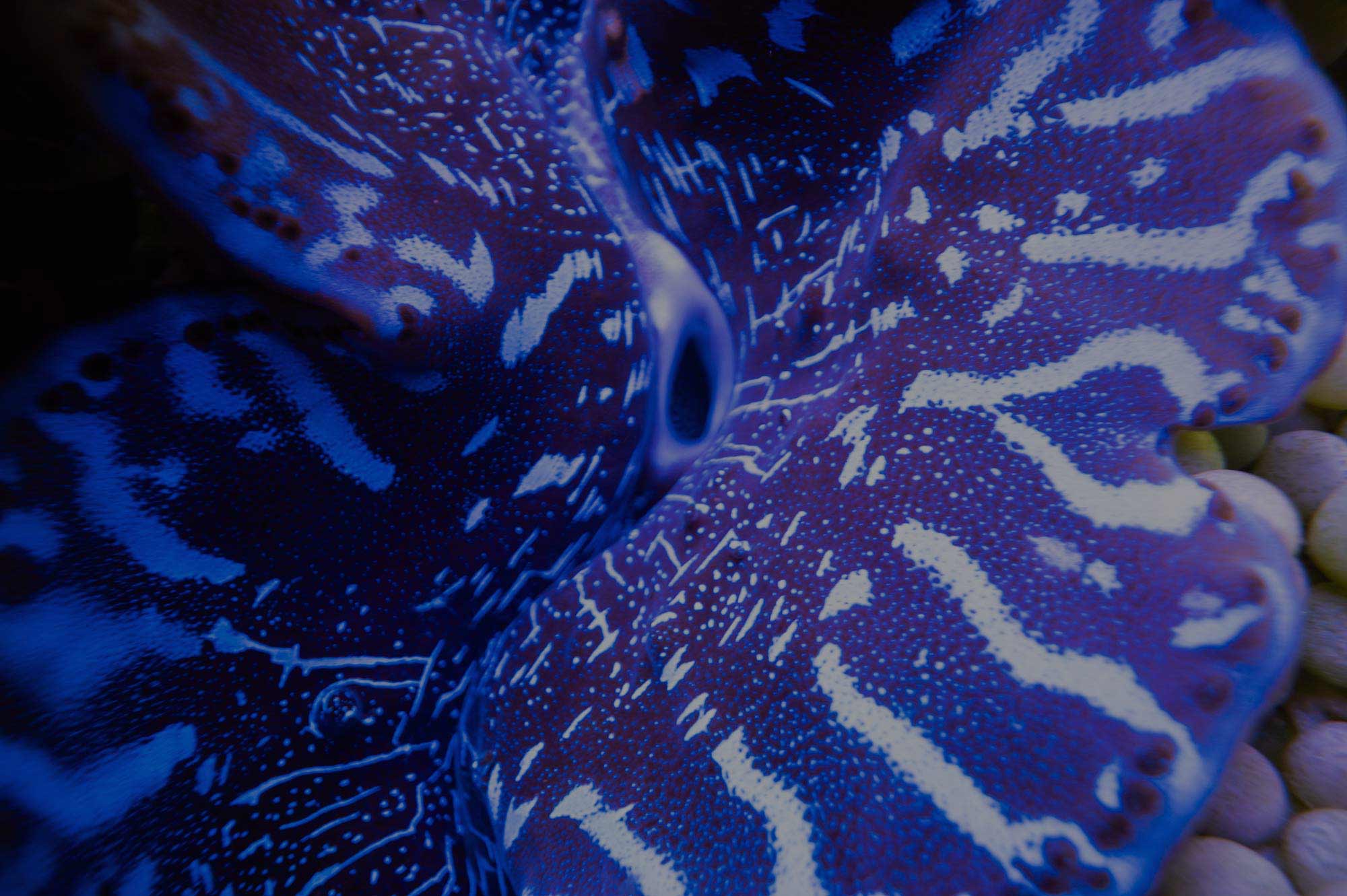
Community benefits from clam sales
Strengthening Reefs
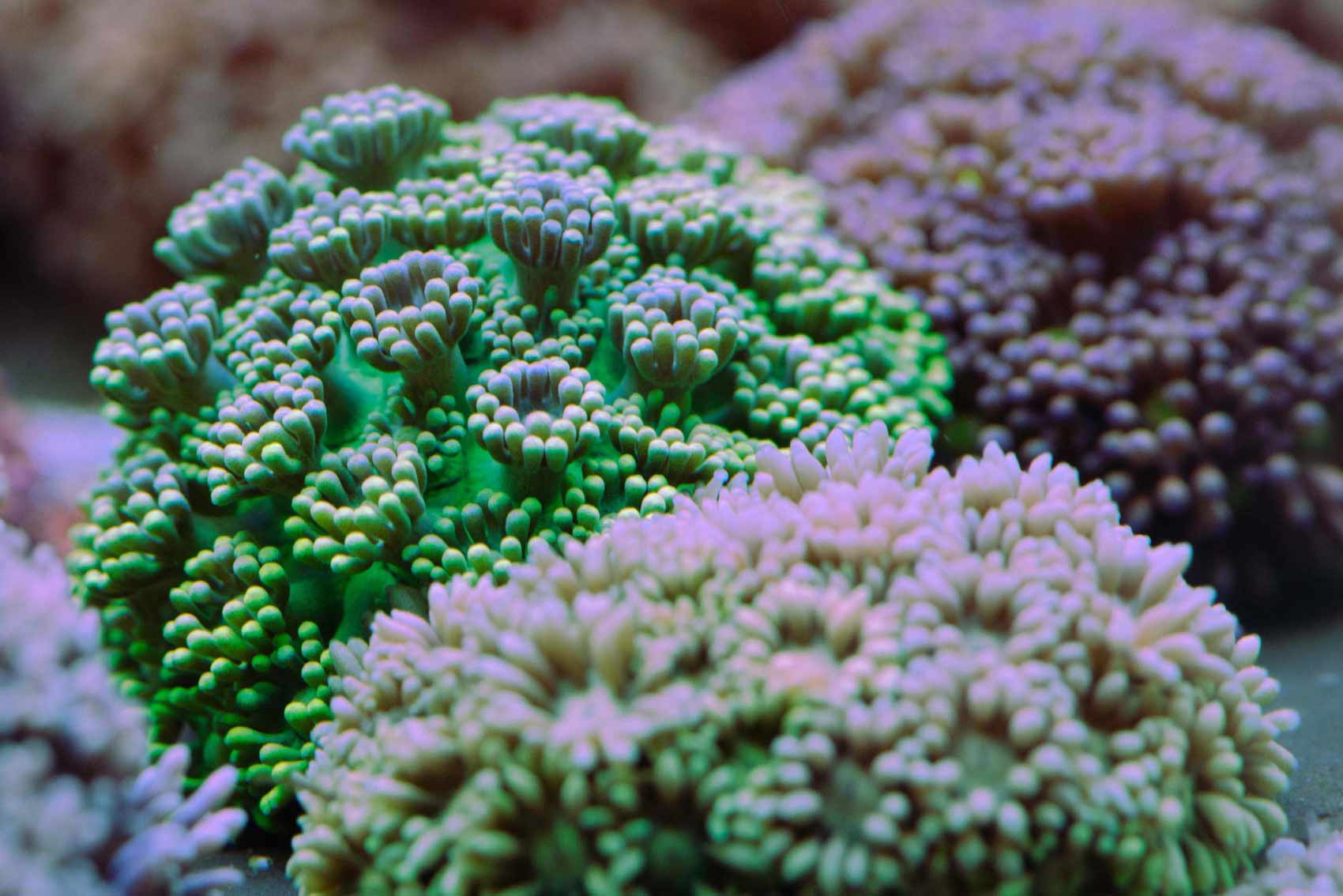
Support our giant clam mariculture efforts
None of the work that we are doing to remove CO2, restore reefs, protect biodiversity, and help local communities would be possible without your support.
Please consider contributing to the flagship IMARCS project by donating, offsetting your carbon, or subscribing to "adopt-a-clam." If you are not ready to give, you can still support us by following our socials and spreading the word about our mission to restore, replenish, and rethink our reefs - all while helping mitigate climate change and bringing benefits to local communities.